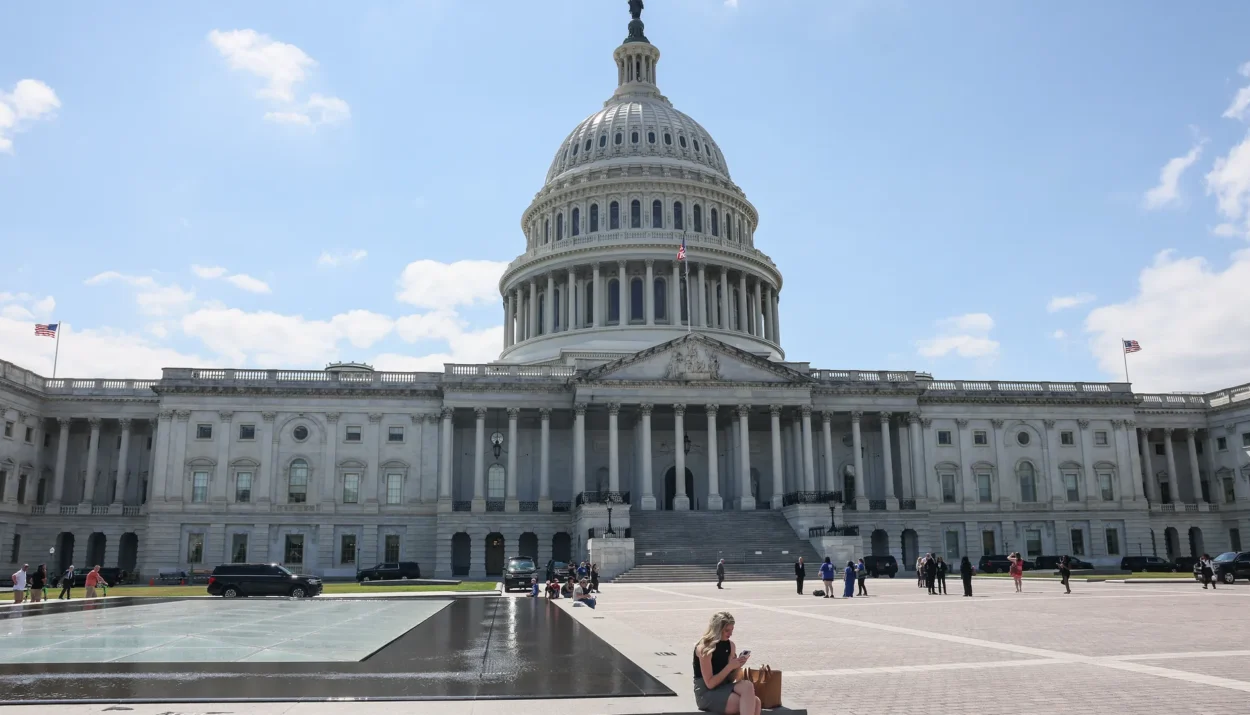Increased immigration to the U.S. is projected to drive higher economic growth, boost federal revenues, and reduce deficits over the next decade, according to new estimates from the Congressional Budget Office (CBO).
The CBO’s latest budget and economic outlook reveal
that net immigration of those without work authorization is expected to be 8.7 million higher than previously forecast from 2021 to 2026. This surge is estimated to increase GDP by almost $9 trillion over the next ten years and slightly raise interest rates by 0.1 percentage point in 2034.
CBO Director Phillip Swagel stated, “Those increases in GDP and interest rates are key drivers of projected increases in federal revenues and spending related to the [immigration] surge.” The surge in immigration is projected to lower deficits by $990 billion from 2024 to 2034 and raise federal revenues by $1.2 trillion.
The estimates, which the CBO says are highly uncertain, reflect legislation enacted through May. They indicate that accounting for immigrants and their children can have a substantial fiscal impact, potentially easing worker shortages, as noted by Fed Chair Jerome Powell.
Despite the positive economic impact of increased immigration, the U.S. budget outlook remains concerning. Deficits are expected to rise from $2 trillion in 2024 to $2.8 trillion by 2034, with debt held by the public increasing from 99% of GDP this year to 122% in 2034. Next year, interest costs are projected to be a larger share of GDP than at any point since the CBO began reporting in 1940.
The CBO also adjusted its projections for economic growth, inflation, and unemployment rates since its previous report, anticipating the Federal Reserve will lower the federal funds rate in early 2025 in response to slowing inflation and rising unemployment.










